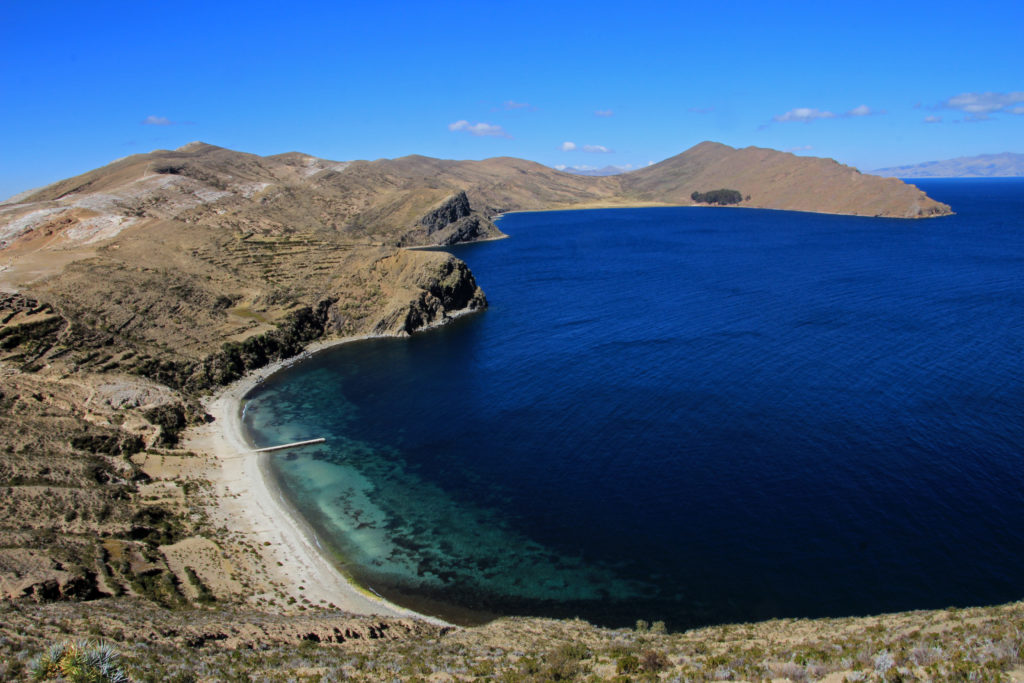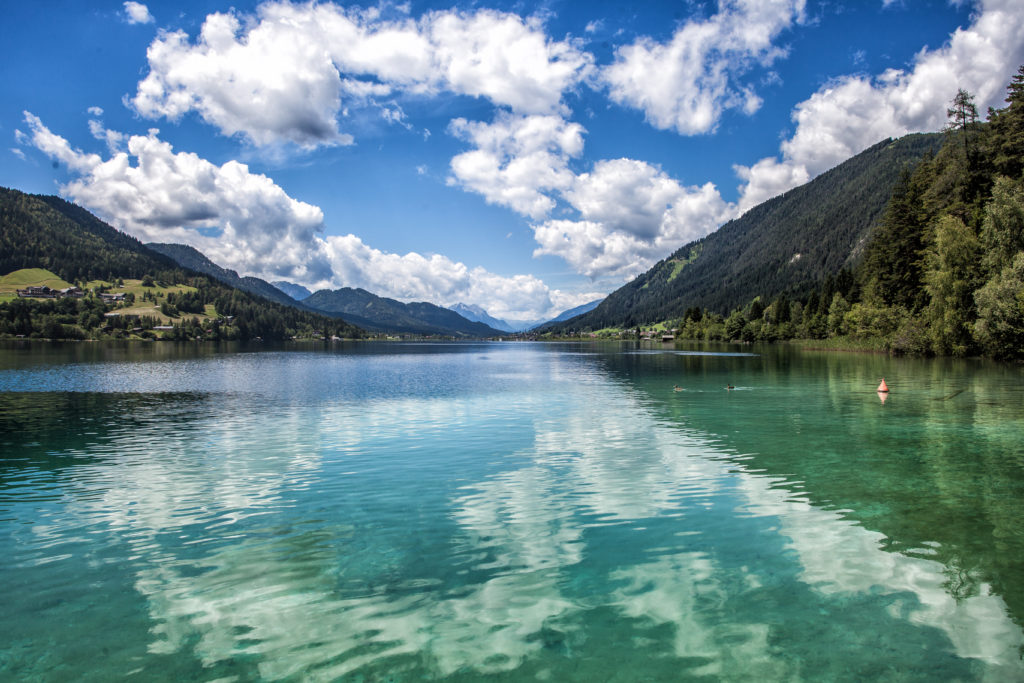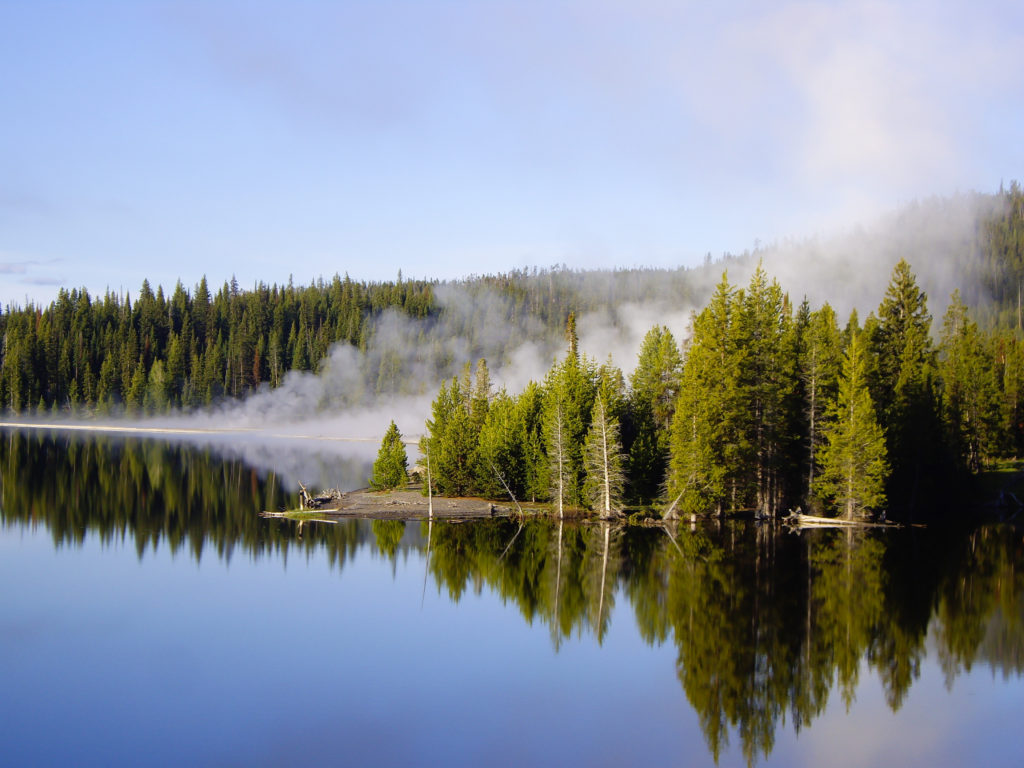High altitude diving begins when a body of water’s surface is above 1,000 feet (300 m). To dive in this environment, divers must take special precautions because depths and decompression limits are different than those at sea level.
Due to a lower atmospheric pressure at altitude, the comparative difference between the atmospheric pressure and the pressure underwater is increased. Therefore, the effect of diving to any given depth at altitude is greater than it would be at sea level. Because of this, altitude dives have shorter no-decompression times, and divers are at greater risk of getting the bends.
A good knowledge of the effects of altitude diving and safe practices make altitude diving well within reach, however. Before considering some of the dives below, it’s a good idea to enroll in an altitude-certification class. Once you certify, the below dives are just a few of the most famous when it comes to altitude diving.
Lake Titicaca, Peru/Bolivia
Lake Titicaca straddles the border of Peru and Bolivia at 12,000 feet (3810 m). The high Andes border this spectacular lake on the north side. Exploring beneath the surface of this, the world’s highest navigable lake, can yield pre-Incan treasures. Divers have found ruins of an ancient temple measuring 660 feet by 160 feet (200 m by 50 m), as well as a terrace, road, and wall. Lake Titicaca is also home to endemic fish and crustacean species, the latter constituting to 90 percent of the lake’s total 530 aquatic species.
With temperatures fluctuating between 50 and 57 F (10 to 14 C), Lake Titicaca diving can be chilly. Nevertheless, with visibility of up to 50 feet (15 m) during winter, it is best to dive in the colder season. The lake has a maximum depth of 922 feet (281 m). Most recreational divers do not descend past 100 feet (30 m).
Mountain lakes, Austria
Unfortunately, the world-famous Grüner See in Austria has been closed to divers since January 2016. But there are plenty of superb diving alternatives in the picturesque Austrian mountains.
Apart from spectacular scenery reminiscent of the Norwegian fjords, Weissensee Lake is famous among both local divers and foreigners for its gin-clear waters and its resident fish, such as pike and catfish, which grow to enormous sizes. In winter, the lake freezes over. It becomes Europe’s largest natural ice surface, and a fantastic place to try or practice ice diving.
In the 2.5-square-mile lake (6.5 square km), divers can expect visibility up to 70 feet (20 m). The lake reaches a depth 318 feet (97 m), and in the summer months, water temperatures can reach 75 F (24 C).
Yellowstone National Park, United States
Yellowstone National Park in the U.S. is one of the world’s most famous national parks. Much like the volcanic features above the water, there are many fissures and geothermal hotspots underwater, in the lakes of Wyoming’s most famous attraction. Diving at 7,600 feet (2500 m), there are a few small wrecks to see. But the most surreal experience is diving at West Thumb Geyser Basin, where divers hover close to underwater geysers and bizarre, lava-like vertical spires. At Mary Bay, huge volumes of pressurized hot water escape underwater vents, giving the sensation of swimming through champagne bubbles.
It’s best to dive Yellowstone between July and August. During this time, visibility can reach 30 feet (10 m) and water temperatures peak at 50 degrees F (10 C). At 390 feet (120 m) deep and 125 square miles, Yellowstone Lake has a vast area to explore. Be warned however, that geothermic activity at sites like West Thumb Geyser Basin means that temperatures can range from bitterly cold to scalding hot within just a few inches, so keep your distance from underwater vents.




